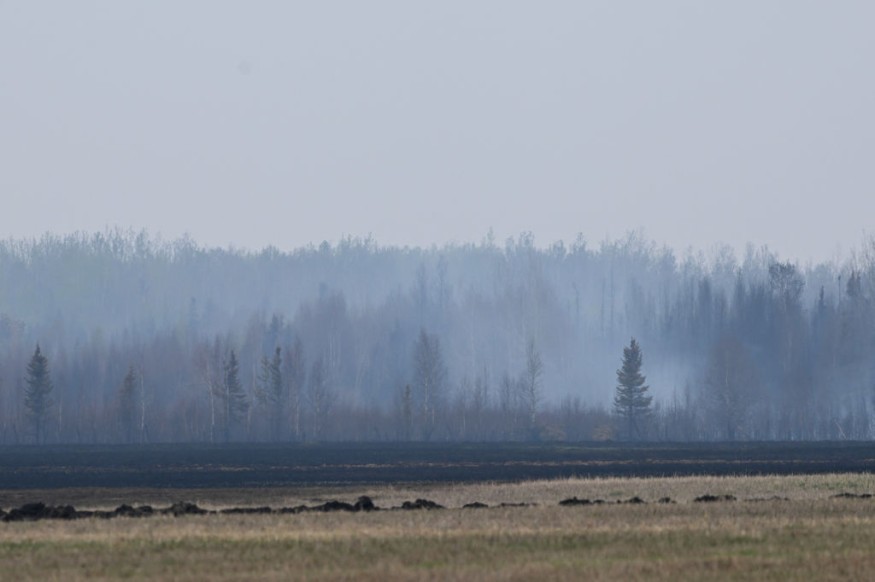
Experts observed that human-induced climate crisis has contributed to the devastating wildfires being encountered in Canada.
A recent study has explained that due to the drive of fossil fuels, the climate crisis made the flames at least twice as likely and that the fire-prone weather has been at least 20 percent more intense.
"Climate change made the cumulative severity of Québec's 2023 fire season to the end of July around 50 percent more intense, and seasons of this severity at least seven times more likely to occur. Peak fire weather (FWI7x) like that experienced this year is at least twice as likely, and the intensity has increased by about 20 percent due to human-induced climate change," the study indicated.
Weather analysts noticed that the massive blaze in the country has been extreme. They pointed out that the wildfire season in Canada for this year has been the largest and most devastating as nearly 14m hectares or 34m acres.
It was also evident that the extent of fires in Canada were double the size of what was previously experienced in the country, claiming the lives of some individuals and prompting the evacuation of thousands of residents.
Findings of the study
Wildfires are described as complex phenomena that are not driven solely by climate, but also by vegetation properties, land-cover and human activities.
According to experts, changes in the fire weather are associated with a significant increase in the temperature and a decrease in humidity. They said that these factors are driven by human-induced warming, noting that the effect was compounded in 2023 by unusually low precipitation.
The scientists described this year's fire season in Canada has been "exceptional" in many aspects. As of August 16, more than 5700 fires have burned 13.7 Mha since the beginning of the fire season.
They emphasized that weather and climate conditions strongly impact wildfire characteristics at several temporal and spatial scales, with warmer, drier and windier conditions that often increase the likelihood that the wildfires will ignite, spread, and intensify in most areas.
It was also found that more anthropogenic warming would further increase the severity and occurrence of fire-prone weather conditions in Canada, which may later lead to a substantial increase in the number of areas burned annually.
The experts also explained that climate change does not solely ignite huge forest fires, however, it helps set the stage for them by drying out vegetation that will later become easy fuel for flames.
The study used the Fire Weather Index, which is a combination of temperature, wind speed, humidity and precipitation. The team accumulated the data from January to July to derive the measure of severity of fire weather over the entire season.
Canada's wildfire reaching other countries
The wildfires in Canada had made headlines as these also affected other countries, with the smoke engulfing parts of the United States and Europe.
For one, New York City temporarily had the worst air quality in the world due to the smoke. This then prompted residents to stay indoors and wear masks anew, a common practice at the height of the COVID-19 pandemic.
To recall, other eastern US states such as Massachusetts and Connecticut issued alerts as hundreds of wildfires burned in Canada.
Related Video:
© 2025 NatureWorldNews.com All rights reserved. Do not reproduce without permission.





